
Table of Contents
- Understanding Small Spaces
- Selecting the Right Furniture
- Clever Arrangements for Small Spaces
- The Power of Multi-Functional Furniture
- Creating Visual Illusions
Understanding Small Spaces
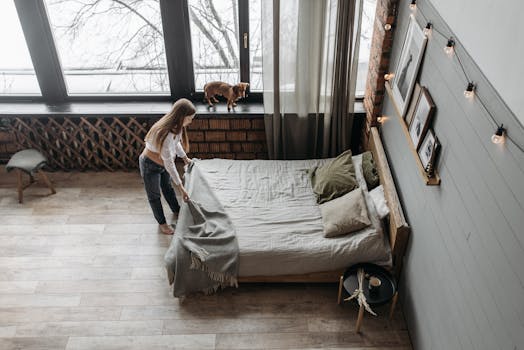
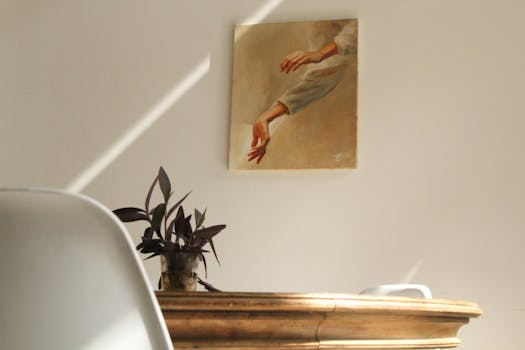
Consider the flow of movement within the room. Is it easy to navigate? Are there areas that feel cramped or cluttered? By taking the time to analyze your space, you can gain insights into what furniture is necessary and what can be removed or replaced. Use measuring tape to determine the exact dimensions of your space and the furniture you own, helping you visualize how each piece will fit together.
Additionally, think about the purpose of the space. Are you using it for relaxation, work, or socializing? Understanding the primary function of your small area will guide your furniture choices and layout. Remember that small spaces can still be multifunctional; it’s all about smart design and clever arrangements.
Selecting the Right Furniture
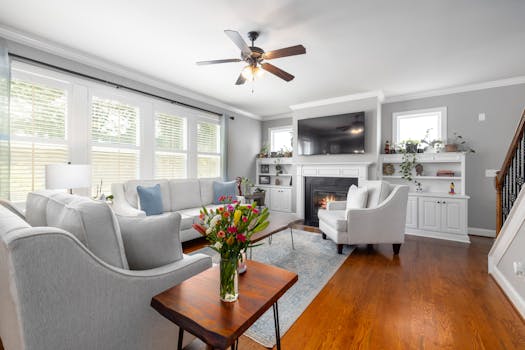
When selecting furniture, consider the scale and height of each piece. Low-profile furniture can create a sense of openness, making the room feel larger. Additionally, transparent materials like glass or acrylic can make a space feel less crowded while still providing functional surfaces.
Another tip is to choose furniture that can be easily moved or reconfigured. Lightweight furniture allows you to change the layout according to your needs, whether you’re hosting guests or simply want to refresh the look of your space. Modular furniture pieces can also adapt to different layouts and requirements, making them a smart investment for small spaces.
Clever Arrangements for Small Spaces
Once you’ve selected the right furniture, it’s time to think about arrangements. Start by creating zones within your small space. For instance, if you have an open-concept living area, use furniture to define the living, dining, and working areas. A sofa can serve as a divider between the living room and dining space, creating a sense of separation without the need for walls.
Another clever arrangement is to push furniture against the walls to maximize floor space in the center of the room. This not only creates a sense of openness but also allows for better movement around the space. Consider using corner spaces effectively as well; corner shelves or a corner sofa can make use of otherwise wasted areas.
Additionally, think vertically. Utilize wall-mounted shelves and cabinets to draw the eye upward, creating the illusion of height. Hanging plants or artwork can also help to open up the space, making it feel larger than it is.
The Power of Multi-Functional Furniture
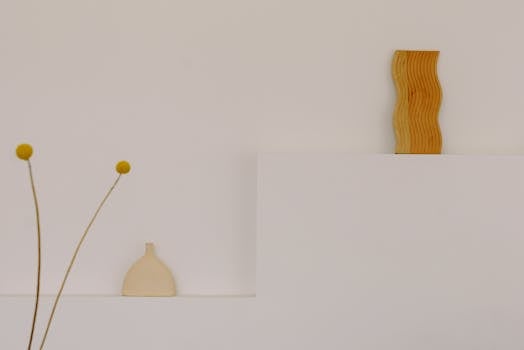
Consider investing in furniture that can be easily adapted. For instance, nesting tables can provide additional surface space when needed but can be stacked away when not in use. A Murphy bed is another fantastic option for maximizing bedroom space while still providing a comfortable sleeping area.
Don’t overlook the potential of outdoor furniture as well. Many patio pieces are designed to be lightweight and versatile, making them perfect for small indoor spaces. A small bistro set can double as a dining area or workspace, adding functionality without overwhelming your space.
Creating Visual Illusions
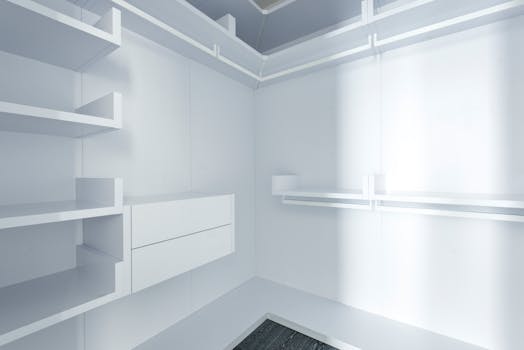
Mirrors are another powerful tool for creating the illusion of space. Strategically placing a mirror can reflect light and create depth, making a small room feel larger. Use decorative mirrors as focal points or wall art, and watch how they transform the atmosphere of your space.
Lighting also plays a critical role in how a space feels. Layered lighting, including ambient, task, and accent lighting, can brighten up a small area and make it feel more inviting. Opt for fixtures that draw the eye upward, further enhancing the sense of height.







